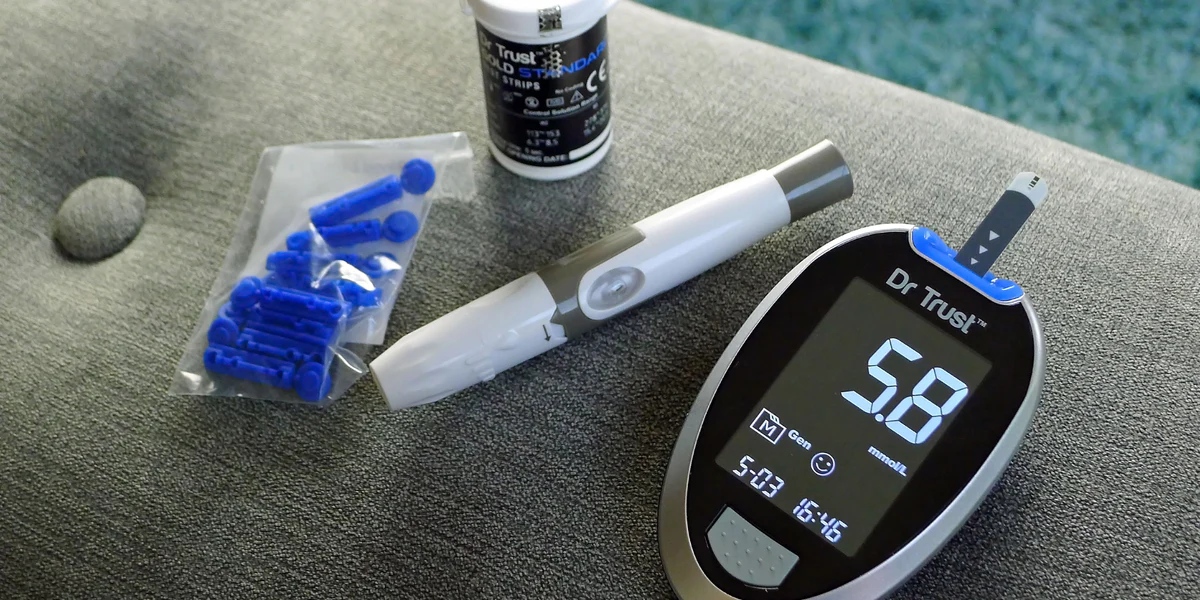In recent years, there has been a surge in the development of innovative monitoring devices designed to improve patient care and outcomes. From wearable sensors to remote monitoring systems, these cutting-edge technologies are revolutionizing the way healthcare providers monitor and manage patient health. In this article, we’ll explore some of the latest advancements in monitoring device technology and their potential impact on the future of patient care.
Wearable Health Sensors: Monitoring Health in Real-Time
One of the most exciting developments in monitoring device technology is the rise of wearable health sensors. These small, lightweight devices can be worn discreetly on the body and provide real-time data on a wide range of health metrics. From heart rate and blood pressure to activity level and sleep patterns, wearable sensors offer a wealth of information that can help patients and healthcare providers better understand and manage their health.
Continuous Glucose Monitoring: A Game-Changer for Diabetics
For patients with diabetes, continuous glucose monitoring (CGM) systems have been a game-changer. These devices use a small sensor inserted under the skin to measure glucose levels in the interstitial fluid continuously. By providing real-time data on glucose levels, CGM systems allow patients to better manage their diabetes and reduce the risk of complications such as hypoglycemia and hyperglycemia. With recent advancements in CGM technology, these systems have become smaller, more accurate, and easier to use than ever before.
Remote Patient Monitoring: Bringing Healthcare into the Home
Another exciting development in monitoring device technology is the rise of remote patient monitoring (RPM) systems. These systems allow healthcare providers to monitor patients’ vital signs and health metrics from a distance, enabling early detection of health issues and more proactive intervention. RPM systems can include a wide range of devices, from wearable sensors to smart home devices such as blood pressure monitors and scales. By allowing patients to receive care in the comfort of their own homes, RPM systems can reduce the need for hospital readmissions and improve patient outcomes.
Smart Implants: Monitoring Health from the Inside
In recent years, there has been growing interest in the development of smart implants – tiny, implantable devices that can monitor health metrics from inside the body. These devices can be used to monitor a wide range of health conditions, from cardiovascular health to neurological disorders. By providing continuous, real-time data on key health metrics, smart implants could revolutionize the way certain chronic conditions are managed, allowing for earlier detection of health issues and more targeted treatment.
Artificial Intelligence and Machine Learning: Making Sense of Big Data
As the amount of data generated by monitoring devices continues to grow, there is a growing need for advanced analytics tools to make sense of this data and extract meaningful insights. Artificial intelligence (AI) and machine learning algorithms are playing an increasingly important role in this process, allowing healthcare providers to analyze large volumes of data quickly and accurately. By identifying patterns and trends in patient data, these advanced analytics tools can help healthcare providers make more informed decisions and provide more personalized care.
Challenges and Opportunities
While the future of monitoring device technology holds great promise, there are also challenges that must be addressed. One of the biggest challenges is ensuring the security and privacy of patient data. As monitoring devices become more interconnected and data-driven, there is a growing risk of data breaches and unauthorized access to sensitive patient information. Healthcare providers must take steps to ensure that patient data is protected and secure.
Another challenge is the need for interoperability between different monitoring devices and healthcare systems. In order for monitoring devices to reach their full potential, they must be able to communicate seamlessly with other devices and systems. This will require the development of common standards and protocols for data exchange, as well as improved integration with electronic health record (EHR) systems.
Despite these challenges, the future of monitoring device technology holds great promise for improving patient care and outcomes. By providing real-time data on key health metrics, monitoring devices can help patients and healthcare providers better understand and manage health conditions, leading to improved outcomes and a higher quality of life. As technology continues to advance, the possibilities for monitoring device technology are truly limitless, and the future of patient care has never looked brighter.

